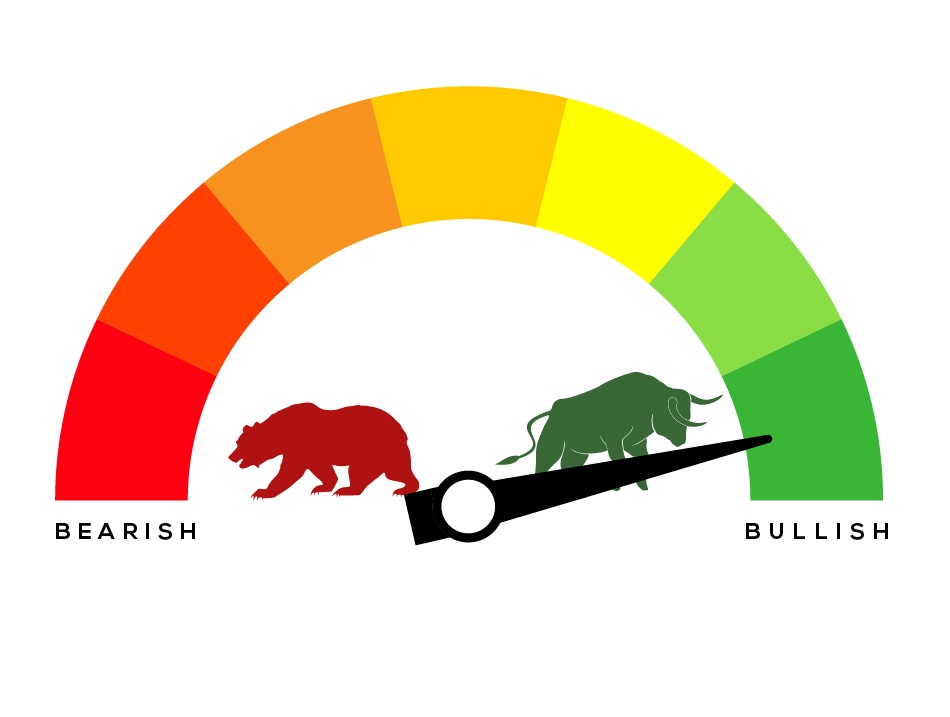Happy New Year!
2019 has arrived on the heels of the most volatile year in a decade, leaving many investors reeling. As of December 31, 2018, the S&P 500 was down 6.2% for the year, followed by the Dow at -5.6% and the Nasdaq’s -4%. For the Dow and S&P 500, this was only the second year since 2008 that the indexes recorded a loss. For the Nasdaq, this was the first losing year. Today I will cover the main reasons for 2018’s wild ride, as well as some tentative forecasts for 2019.
The Fed
Despite constant pressure from the President, the Federal Reserve raised interest rates four times this year, increasing the Federal Funds Rate by 50 bps in March, June, and September, as well as a smaller 25 bps hike in December. The current Federal Funds Target is 2-2.50%, up from 1-1.50% in December 2017. President Donald Trump railed against the Fed, tweeting “The only problem with the economy is the Fed…”, and threatening to fire Fed Chairman Jerome Powell, who he appointed in early 2018.
The interest rate hikes have been widely blamed for the weakness in equity markets, but they fail to tell the whole story. Although they have definitely pressured equity and bond returns, the Fed’s decision is justified for two reasons. Reason one: because interest rates are so low, the economy is able to overheat much faster than it has historically. The near-zero rates were necessary to facilitate recovery between 2008 and 2015, and slow recovery kept interest rates very low. Now, as inflation begins to increase, the data-driven Fed is reacting to the high probability of overheating the economy. The second, and more pressing reason: If the economy were to slip into a recession in the coming months, the Fed would have very little room to lower interest rates to jump start the economy. In 2006 and 2007, the Federal Funds Rate was near 5%, double what it is today. Even with that much room to maneuver, the recovery from the Great Recession was the slowest in history.
In total, the Federal Reserve’s actions may have hampered stock returns, but the effects will not be long-lasting. The markets are currently pricing in two hikes for 2019, which is in line with the announcements made by Powell in December.
Global Economic Slowdown
Yule tide cheer was dampened by fear of a larger economic slowdown, particularly in China. Apple surprised shareholders by lowering their sales outlook, blaming China for their overestimation. Although China may make a good scapegoat for Apple, there is definitive evidence that the second largest economy in the world is slowing down. The Caixin/Markit Manufacturing Purchasing Managers’ Index, which measures the manufacturing activity in China, reported that the economy is no longer expanding. New orders fell for the first time in several years, and the Producers’ Manufacturing Index supported the findings of Caixin/Markit. The ripple affect has already been felt in the States and Europe. International and emerging markets have been sitting at or near bear market territory for most of 2018, rallying slightly in November and December. Bond yields are near zero, causing investors to chase yield to the United States.
Here are some silver linings: the slowing economies will stall the upward pressure on prices, inflation will remain low, and borrowing rates will increase more slowly despite the Fed’s actions. To conclude, the economic slowdown outside of the U.S. will most likely have a negative effect on the markets, but the strong U.S. Dollar means the slowdown will still help your wallet.
Domestic Economy
As mentioned above, many countries are spiraling near bear markets, with even the largest bulls feeling the heat. China is slowing its expansion track amid trade disagreements and oil-rich countries are rattled by the steep drop in prices in 4Q 2018. Despite outside pressures, the United States have been faring very well. Job reports continued to break records in the final quarter of 2018, despite recession fears. The main threat to economic health in the short term is the trade dispute with China. The dispute has had a large negative effect on the farming community, specifically soybean farmers. For the first time ever, China bought 0 soybeans from the United States in November 2018. This metric is not reflected in the job reports, as the employment numbers exclude farm employees and seasonal workers.
Ignoring the turmoil in equity markets in 4Q, the economy continued to steamroll through 2018, pushing unemployment to record lows without jumpstarting the inflation backlash. The economy is forecast to be just as strong in 2019, with the only caveat being the rise of inflation. The actual expansion and inflation numbers will be dictated by the movements of the Federal Reserve’s Open Market Committee, who have declared at least two interest rate hikes in 2019.
Looking Ahead
2019 is looking bright. Equities rebounded slightly in the first week of trading, hinting that recession fears may have been over-hyped. The trade dispute with China seems to be cooling, with the 90-day truce continuing through January and aides delivering optimistic reports on the discussions between the two sovereign powers. Interest rates have risen consistently since 2015, but remain quite low. The economy will continue to expand, at differing rates depending on how hard the Fed hits the brakes. In total, there is a lot to look forward to in 2019!







